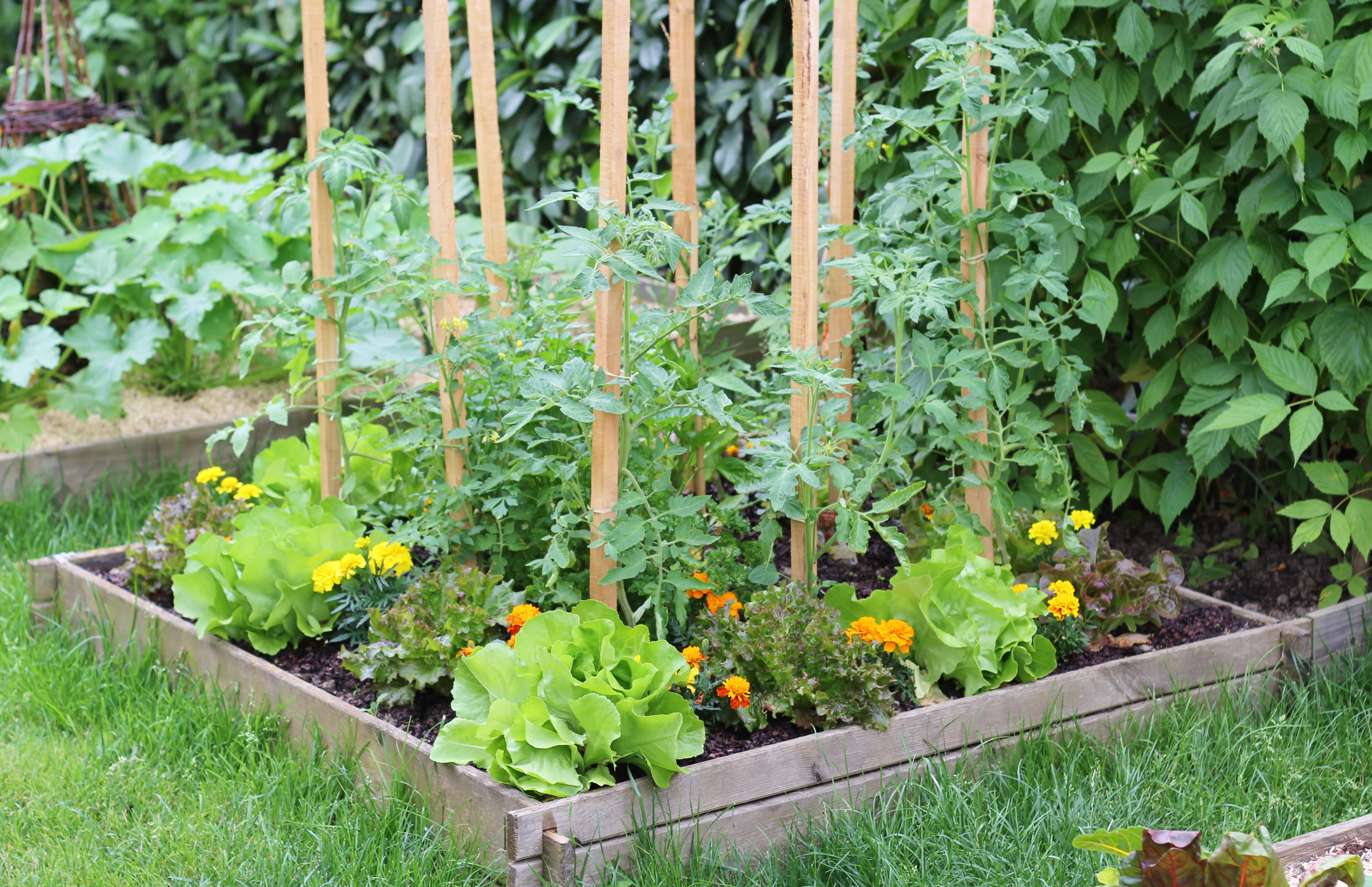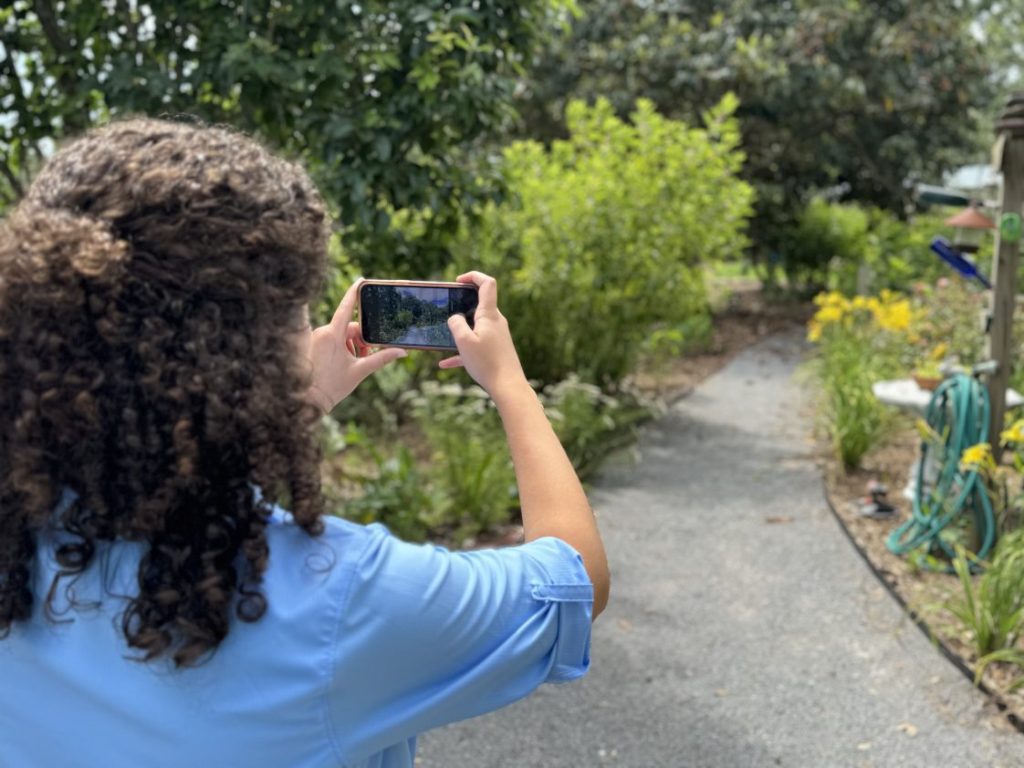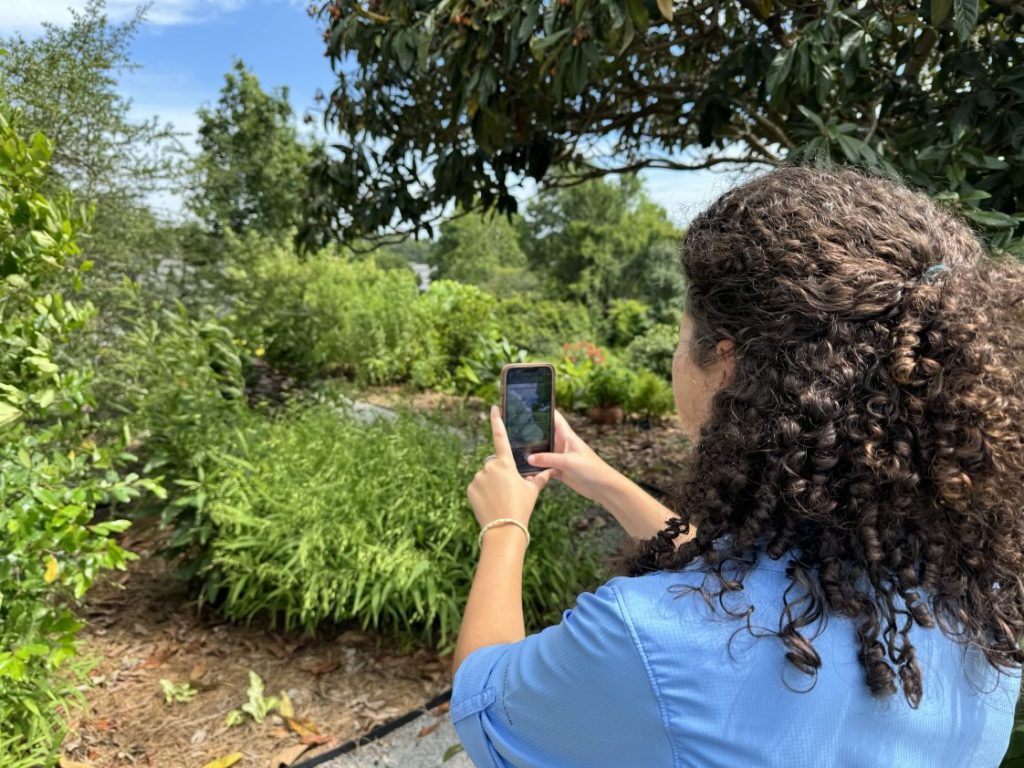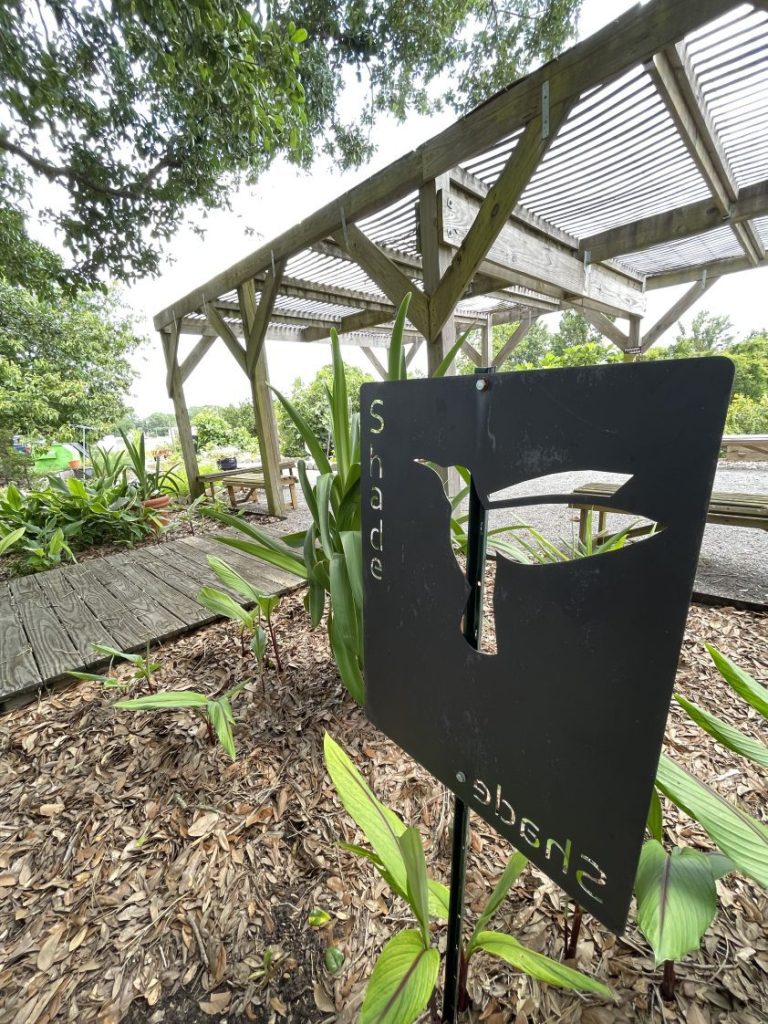How much sun do I get? A guide to sunlight assessment in the garden

Understanding the amount of sunlight your garden receives is crucial for successful plant growth and landscape design. Whether you are planning a vegetable garden, adding a new flower bed, or simply assessing why a plant might not be growing correctly, knowing the sunlight exposure in your garden is essential. Fortunately, there is a simple and effective method to accurately gauge sunlight exposure using just your smartphone camera.
Why Assess Sunlight?
Different plants have varying light requirements. While some thrive in full sun, others prefer partial or full-shade conditions. Understanding your garden’s sunlight patterns helps you choose the right plants and optimize their growth. Additionally, it allows you to plan your garden layout effectively, placing sun-loving plants in optimal spots and providing shade for those that need it. This will help save time and money when making plant decisions. It is a good idea to evaluate summer and winter light conditions as the sun’s angle changes with the time of year.
Using Your Smartphone for Sunlight Assessment
Modern smartphones are equipped with powerful cameras and convenient time stamp features that make them perfect tools for sunlight assessment. Follow these simple steps to determine the sunlight exposure in your garden:
Step 1: Choose Your Spot
Choose a bright sunny day when you will be home for most of the day. Select an area in your garden that you want to assess for sunlight. This spot could be looking at just one area in your garden, or you could choose a spot that looks out over a larger area to assess more sunlight conditions. Once your spot is chosen, take pictures for the remainder of the day in the spot. Check your local weather report to determine what day might be best.
Step 2: Time Your Photos
Begin early in the morning, preferably around sunrise, and take the first photo of the selected spot. Ensure that your camera’s time stamp feature is enabled and that you know where to find the time stamp related to each picture. Then, take photos at least every 2 or 3 hours throughout the day. More photos will ensure more precise information on sunlight in each area around your home. Aim to capture the same area from the same angle in each photo.




Assessing garden sunlight (PHOTOS: Jack LeCroy – Auburn University Extension)
Step 3: Review the Photos
At the end of the day, review the series of photos you have taken. Pay attention to the lighting conditions in each image, noting any changes in sunlight intensity or shadows cast by nearby objects. The morning sun can be different from the harsh afternoon sun in the summer. This is important to remember when plants require partial sun in the landscape. Once you have reviewed the photos, write down the information you have gathered so you can return to it throughout the year.
Step 4: Analyze Sunlight Exposure
Based on the time stamps and visual observations, determine the total hours of sunlight received by the selected spot. Use this information to categorize the sunlight exposure into one of the following categories:
- Full sun: 6+ hours of direct sunlight
- Partial sun: 4 to 6 hours of direct sunlight, with some shade during peak hours
- Shade: Less than 4 hours of direct sunlight, with most of the day spent in shade
Benefits of Smartphone Sunlight Assessment
Using your smartphone for sunlight assessment offers several advantages:
1. Convenience: With your smartphone always at hand, assessing sunlight becomes convenient and accessible.
2. Accuracy: Time-stamped photos provide precise sunlight duration and intensity data, allowing for accurate analysis.
3. Cost-effectiveness: Unlike specialized tools or services, smartphone sunlight assessment requires no additional expenses.
4. Visual reference: The series of photos serves as a visual reference, aiding in garden planning and plant selection.
Understanding the sunlight exposure in your garden is vital for successful gardening and landscaping projects. It is easy to be fooled into thinking you get more sun than you do or vice versa. This can waste time and resources in your landscape. Using your smartphone camera and time stamp feature, you can easily assess sunlight patterns and categorize them into full sun, partial sun, or shade. With this knowledge, you can choose the right plants and design your garden to thrive in its unique light conditions. So, grab your smartphone, head out to your garden, and start capturing sunlight to create the perfect outdoor space around your home.



